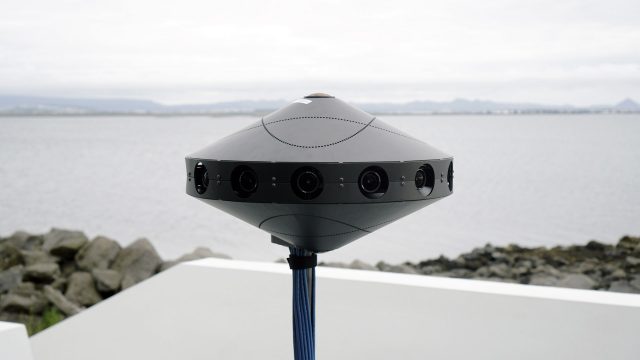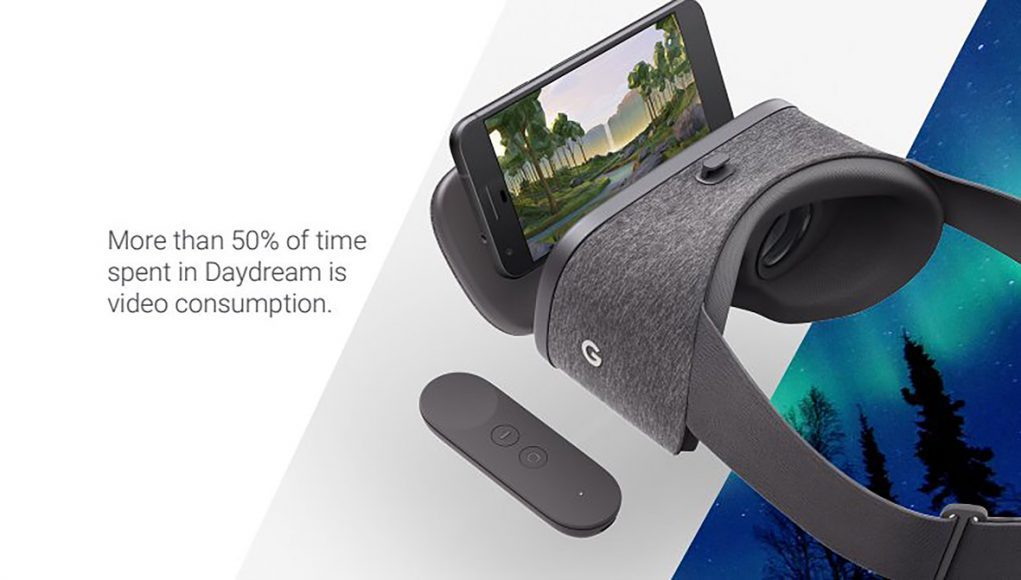The 360 film industry is still young and it’s maturing rapidly. With his name on more than 20 360 film projects to date, Armando Kirwin has had an inside view as to where things started, where they’re going, and why.
Guest Article by Armando Kirwin
Armando Kirwin has worked as a Director of Virtual Reality, Post Producer, Executive Producer, and Head of Post Production at companies like Here Be Dragons (formerly known as Vrse.works) and as a freelance filmmaker. He has helped create more than a dozen VR projects to date. These projects have earned one Emmy nomination, the Grand Prix at Cannes, and numerous debuts at Tribeca, SXSW, and Sundance.
So far in this series I’ve discussed how the rapid advancement of cinematic VR technology has lead to an ever-expanding commoditized workforce and how this has created hypercompetition because the number of available customers has not grown fast enough to keep up with the number of available content creators.
Big Brands Have Had Their Fun
Over the past three years, the primary customer of 360 film has been big brands. I’ve helped create many different 360 film projects at several different companies so my understanding of the amount of money a brand is willing to spend is very much based on real-world experience. A single piece of content (5 to 10 minutes in length) used to cost $350,000 to $500,000, with the occasional big budget project hitting $1 million to 3 million.
As near-term headset growth has underwhelmed and the hype has begun to wear off, a lot of the initial brands that were interested in experimenting with VR have had their go — in fact, if you look closely you will see very few repeat customers. Meanwhile other brands have not stepped in as quickly. With no meaningful increase in viewership to justify additional marketing expenditures, this source of customers isn’t growing fast enough.
Alongside the brands, tech companies have ponied up to fund the creation of content. Instead of simply investing in a slate of key pieces to kickstart the industry, what we have today is a welfare state in which a handful of deep-pocketed tech giants are keeping the 360 film industry afloat. Despite the hype, they are not exactly excited to be in this position.

A few major Hollywood players have earmarked a percentage of their ample marketing spend to keep things interesting, but that money is very difficult for many would-be creators to gain access to.
Making Money When Consumers Expect Free Content
Services like YouTube have long since taught me that short-form video should be free. It’s therefore not surprising that all early (paid) VR app store success stories to date have been VR game experiences, while even some of the best 360 film content is offered for free.
What about VR games? VR games have numerous advantages over 360 film, but perhaps the most important — and one that is often overlooked — is that consumers are much more comfortable buying games via app stores than they are buying individual pieces of short-form video content. Personally, I’m totally willing to spend $3 on a popular iPhone game, but services like YouTube have long since taught me that short-form video should be free. It’s therefore not surprising that all early (paid) VR app store success stories to date have been VR game experiences, while even some of the best 360 film content is offered for free.
Let that sink in. This means that on mobile, games are not currently the activity people are spending most of their time in. If you accept that VR is a computing paradigm, then it makes sense that gaming would only be a small portion of it, but we definitely did not know that was the case three years ago.But herein lies the problem, Samsung and Google have stated that mobile headset owners are spending nearly 50% of their time in headset watching video content and it may be growing. I’ve been told behind closed doors that gaming on mobile headsets is probably closer to 35% of usage today.
What are the immediate ramifications of this fact? What’s happening is that the mobile VR industry is only positioned to properly monetize the gaming portion of the market, despite it being the smaller part.
Divide and Be Conquered
What’s imperative, especially now that we have a massive workforce ready to deploy, is that we figure out how to properly monetize 360 film content. Inexplicably, the industry’s current approach to this appears to be “walled garden” video apps that compete with each other to fill their tiny buckets from an already limited supply of content.
I believe this approach was a mistake for the industry. Any startup that attempted to lock away videos within an app hasn’t been capable of converting their users into anything worthwhile, nor will they be able to do so for a long time. This is primarily because the total number of potential viewers was already so small that the number of viewers within a specific app turned out to be miniscule.
The situation is especially dire because these apps mostly exist from a time when they were the only place to watch 360 film content, but as YouTube and Facebook have caught up, it now makes little sense for brands (who are the only people paying for this content) to use those other apps, and thereby severely limit the number of view that content inside of those apps will receive. Not surprisingly, just like the output of integrated studios, the rate of new content releases within these apps has slowed over the last year — which in turn means even fewer active users.
Without a pre-existing catalog of content to license (as standard content streaming apps have the luxury of today), these apps are like TV stations that only air one new episode each month. On a long enough timeframe, some of these apps may grow up to be interesting, but in the meantime they are sitting ducks waiting for better positioned companies to come in and create their own ‘TV channels.’
In fact, most established publishers are opting to do just that. New York Times VR, Time/Life/People, Discovery, etc., have all launched their own offerings and, not surprisingly, these video apps are already on the way to larger viewerships than the startups because they’re able to leverage their existing publishing network to drive up the audience size. Side note: this also allows them to help brands swallow the high cost of creating 360 film content since it can now be seen as subcategory within an overall media spend that includes traditional, print, and web.
Finding a Fitting Model
One way forward would be for 360 film startups to create original content (i.e. the Netflix model), but the prohibitively expensive cost would quickly deplete the amount of money any company would reasonably spend doing this. You could shell out $10 million dollars creating 20 short pieces of content, but that’s not rational because it’s not clear if that would create any defensible advantage nor would there be a return-on-investment to convert into more content. Several companies are trying to do this and it’s not working at all.
Meanwhile, Facebook and YouTube aren’t automatically going to create a path to monetization because traditional content creators on those networks make money based on a massive number of viewers and VR is too small for that and will be for several years.
We know that the tech companies driving the VR industry (Google, Samsung, Valve, HTC, Oculus, etc.) are all predisposed to thinking about app stores as the primary means of monetizing content.
In summary, we know that the tech companies driving the VR industry (Google, Samsung, Valve, HTC, Oculus, etc.) are all predisposed to thinking about app stores as the primary means of monetizing content. And that works great for VR games because games are sold direct to consumer — each popular game benefits non-exclusively from the overall size of the growing ecosystem and can make even more money (e.g. from Farmville to Angry Birds to Clash of Clans).
But what we did wrong was assume VR was only about games. Now that we know 360 film is very popular on mobile, we need to figure out how to move away from brands and get consumers to pay for it directly. Ideally we would do this by activating the large workforce that is sitting idly by. However, it will most likely be in the best interest of these new creators to skip the walled gardens and go direct, so current video app startups are likely to still be in trouble. How we do this remains to be seen.
It also remains to be seen if the trends on mobile headsets will carry over to desktop and console-based headsets. Regardless, mobile headsets are already the most common way to experience VR.
– – — – –
Up until this point in the this series, I have only discussed 360 film and VR games. That’s because categories outside of entertainment, like productivity apps or social, are so small right now they barely register on the radar. In the next part of this series I will explore why this may always be the case and look at the position 360 film occupies within the greater VR ecosystem.
Read More in This Series:
Disclosure: Armando has worked with Facebook on a contract basis to produce 360 film content. Facebook was also a client of Milk(vr). The New York Times was a client of Vrse.works where Armando worked on a variety of projects in various capacities including Post Producer, Producer, and Executive Producer and Head of Post Production. The New York Times was also a client of Milk(vr) where Armando was Director of VR. Armando had access to a pre-production Yi HALO camera for an unreleased project, but was not compensated by Google. Armando also had access to a prototype Zcam MFT camera, but was not compensated by Zcam.







